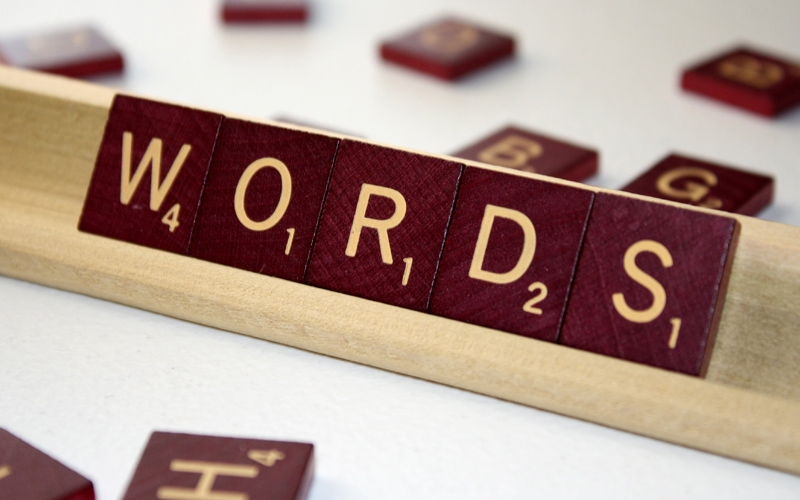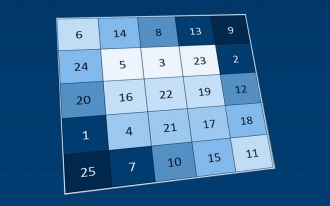- BRAINTRAIN |
- Blog |
- Memory |
- How to Develop Memory for Foreign Words

Bogdan Moroz 18.10.2019 1601 Comments
Learning a new language is challenging but rewarding, expanding communication, accessing new information, and activating brain activity to prevent Alzheimer’s. If you’re reading this, you’re likely seeking ways to boost memory efficiency for this task.
Generally, memory trainers enhance human potential, but a smart study approach saves time and ensures long-term retention.
How to Learn New Words Effectively
Vocabulary is as crucial as grammar and language rules, enabling freer conversation and richer speech. For confident discussion on common topics, you need about 3,000–4,000 words, understanding their true meanings and usage. Follow these expert tips to simplify this goal.
Start with Engaging Topics
School students often resist learning new words because the topics bore them. Conversely, people eagerly discuss hobbies, recent movies, or future plans. Expressing these in a foreign language is enticing and motivates effort. A song in the target language or an original book can spark enthusiasm.
Learn in Small, Frequent Chunks
Small information volumes are processed better by our brain, while frequent repetition boosts activity and builds a study routine. Don’t worry about learning more words daily; focus on quality repetition of familiar words.
Words Stick Better in Phrases
It may seem easier to memorize a word list due to less information, but our brain favors whole phrases for long-term memory—the type needed for lifelong language use. Memory training is vital here, as phrases increase information volume but yield better results. Phrases also clarify word usage and meaning.
Information at the Start and End Sticks Best
Studies show information learned at a session’s start and end is retained better. Place challenging words at these points for effective study.
Learn Multiple-Meaning Words Separately
Avoid learning all meanings of a word at once, as it disrupts image formation, sentence placement, and associations. Learn the word in one context first, then other meanings separately as needed.
Related Words Strengthen Neural Connections
Related words—similar in sound, spelling, or meaning, or derived from the same root—enhance brain activity and deepen understanding beyond dictionary translations. This effort makes learning more effective than rote memorization.
Create a Complete Image
As noted in Types of Memory, long-term memory encodes information as abstract images from various senses. Enhance this by imagining a word’s smell, taste, sound, or texture during study.
Check Meaning, Not Just Translation
Verify a word’s meaning to avoid misuse, as some words have multiple senses despite identical spelling or sound. Extra effort with new words boosts retention.
Create Your Own Examples
Words used in your own sentences stick better. Crafting examples compensates for lacking a conversation partner, reinforcing word meaning and sentence-building skills.
How to Retain Learned Words
With a substantial vocabulary, the challenge is retention. This involves training long-term memory, possibly strengthened by trainers, but key repetition and structuring methods maximize results.
Keep Words in Active Use
Avoid passive dictionaries with word-translation pairs. Repeat words in full sentences to show usage and meaning. Create new examples each time to train memory and automate grammar.
Associations Speed Up Recall
Associations work well for long, complex words, especially if quirky or nonsensical, as odd examples stick better due to a mild shock effect. Write associations on flashcards or keep them mental.
Spaced Repetition Technique
Frequent repetition of large information volumes wastes time and demotivates. Based on the forgetting curve, repeat just as memory fades. Start 20–30 seconds after learning to counter short-term memory loss, then gradually extend intervals to months, depending on your memory.




